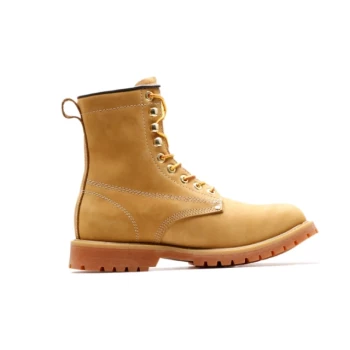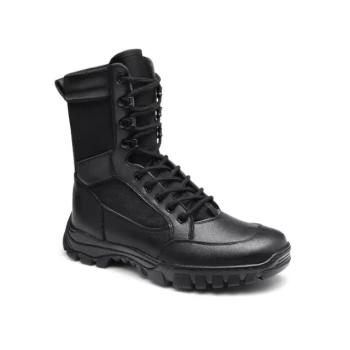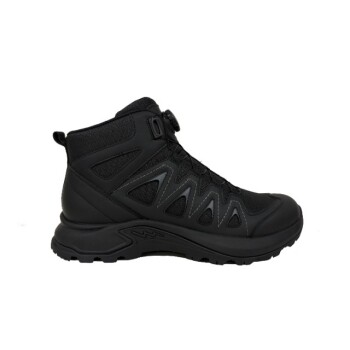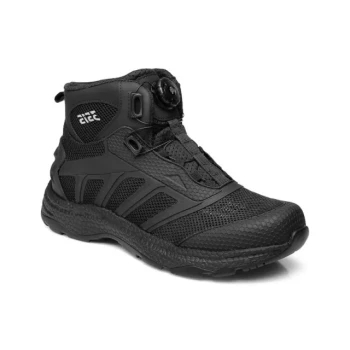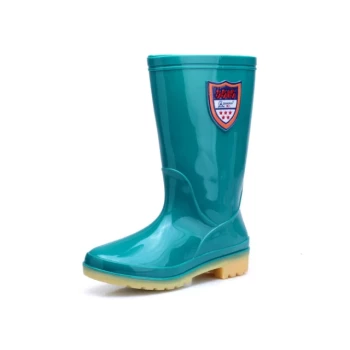A walking boot is a sophisticated medical device engineered to protect a healing ankle fracture while actively promoting a faster recovery. It achieves this by combining rigid support with features that allow for controlled, early movement and weight-bearing, a significant advantage over a traditional static cast. The boot's rocker bottom sole, adjustable fit, and heel lift all work in concert to reduce stress on the injury and accelerate your return to normal function.
The core advantage of a walking boot lies in its unique ability to balance immobilization with mobilization. By providing the necessary stability for the bone to heal, while simultaneously permitting early and safe weight-bearing, it leads to a measurably faster functional recovery compared to a plaster cast.
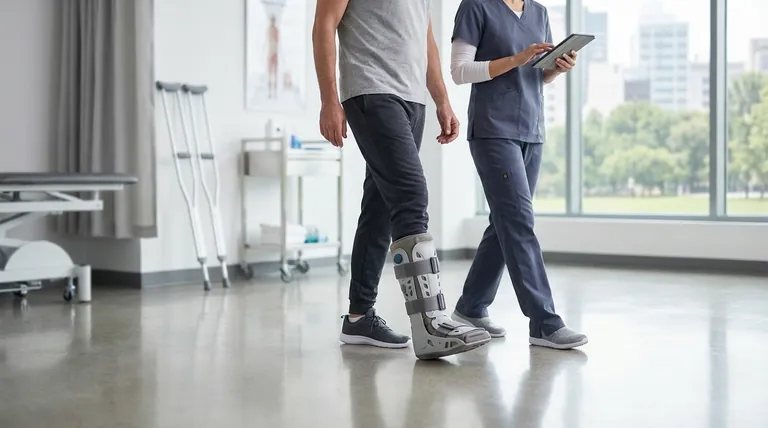
The Mechanics of Recovery: How a Walking Boot Works
A walking boot is not simply a protective shell; each component is designed to solve a specific challenge during the post-operative period. Understanding these features clarifies its role in your recovery.
The Rocker Bottom Sole
The most critical design element is the rocker bottom sole. This curved sole minimizes the natural bending motion of your foot and ankle (sagittal plane motion) that occurs when you walk.
By reducing this movement, the boot transfers the stress of walking away from your healing fracture and onto the rigid structure of the boot itself. This provides excellent stability for the surgical site.
Adjustable Support for Swelling and Comfort
Unlike a fixed plaster cast, a walking boot can be easily adjusted with straps. This is crucial in the initial post-operative phase when swelling is significant and fluctuates.
You can loosen or tighten the boot to accommodate changes in swelling, ensuring a secure fit that is both supportive and manages pain. This adjustability makes it far more comfortable and practical.
The Role of the Heel Lift
Many walking boots include an adjustable heel lift. This small wedge places your ankle in a slight downward-pointed position (plantarflexion).
This subtle angle makes walking more comfortable on a swollen and stiff post-operative ankle, helping to normalize your gait as you begin to bear weight.
The Clinical Advantage: Accelerating Functional Milestones
The design of the walking boot translates directly into better clinical outcomes. Its primary benefit is enabling a more active and rapid recovery process.
Enabling Early Weight-Bearing
The "good fixity," or rigid support, provided by the boot is what makes immediate or early weight-bearing possible after surgery.
This is a key differentiator from traditional casting, which often requires a longer period of non-weight-bearing. Starting this process sooner stimulates bone healing and prevents muscle atrophy.
Faster Return to Key Activities
Studies show a direct link between walking boot use and faster recovery. Patients using boots achieve critical functional milestones more quickly than those in plaster casts.
Specifically, patients in boots are able to stand on the affected leg unassisted and walk without crutches significantly sooner, marking a clear acceleration in their return to independence.
Understanding the Trade-offs and Best Practices
While highly effective, a walking boot is a tool that must be used correctly. Understanding its limitations and your role is essential for a successful outcome.
The Risk of Inconsistent Use
The boot's main advantage—removability—can also be its primary pitfall. To be effective, it must be worn as prescribed by your surgeon.
Removing it too often or for too long can compromise the stability of the fracture site and delay healing.
Why You Shouldn't Remove It for Sleep
It is generally not recommended to sleep without the boot. Your body does its most significant healing during sleep, and the boot provides the uninterrupted support needed for proper bone alignment.
Prioritizing short-term comfort by removing the boot at night can actively hinder your long-term recovery.
Always Follow Medical Guidance
Your surgeon will provide specific instructions on how long to wear the boot, how much weight to apply, and when. This advice is tailored to your specific fracture and surgical procedure.
Never adjust your usage protocol without first consulting your medical team.
How to Apply This to Your Recovery
Use this knowledge to be an active partner in your healing process. Your approach to using the boot can be tailored to your primary goal at each stage of recovery.
- If your primary focus is the fastest possible return to function: Adhere strictly to your surgeon's instructions for progressive weight-bearing, as the boot is specifically designed to make this process safe and effective.
- If your primary focus is managing pain and swelling: Leverage the boot's adjustability to maintain a snug, supportive fit without creating pressure points, especially in the first few weeks after surgery.
- If your primary focus is optimal long-term healing: Commit to wearing the boot consistently as directed, especially during sleep, to give your body the stable environment it needs to repair the fracture correctly.
Ultimately, the walking boot empowers you to participate in a safer and more accelerated recovery journey.
Summary Table:
| Feature | Purpose | Benefit |
|---|---|---|
| Rocker Bottom Sole | Reduces ankle bending during walking | Transfers stress away from the fracture site |
| Adjustable Straps | Accommodates swelling and ensures a secure fit | Manages pain and provides consistent support |
| Heel Lift | Positions the ankle for a more comfortable gait | Makes early weight-bearing easier and safer |
| Rigid Shell | Provides 'good fixity' and stability | Enables immediate or early weight-bearing to stimulate healing |
Ready to Source High-Quality Walking Boots for Your Patients?
As a large-scale manufacturer, 3515 produces a comprehensive range of medical and protective footwear, including advanced walking boots designed for optimal patient recovery. We provide reliable, high-volume production for distributors, brand owners, and bulk clients.
Contact our team today to discuss your specific needs and discover how our manufacturing expertise can support your business and improve patient outcomes.
Visual Guide
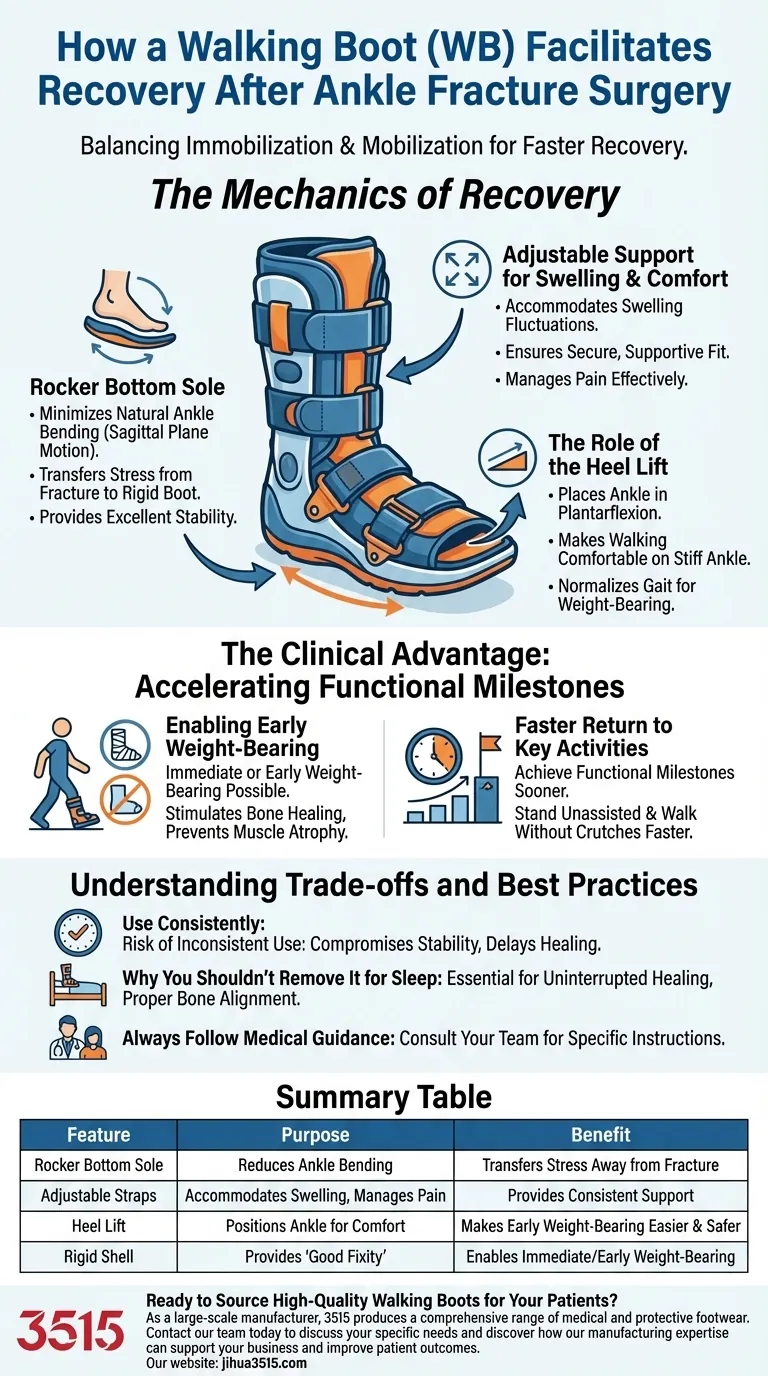
Related Products
- Customizable Anti-Smash Safety Boots for Wholesale & Private Label Manufacturing
- Custom Wholesale Leather Safety Boots Direct Factory Manufacturing
- Premium Grain Leather Safety Boots for Bulk Supply
- Premium Wholesale Waterproof Safety Boots High Performance Protection for Industrial Markets
- Premium Wholesale Wheat Nubuck Safety Boot with Rapid Lacing System
People Also Ask
- Why is manufacturer diversity and inclusion important in work boot design? For Superior Fit, Safety & Comfort
- What are the essential features all work boots should have regardless of gender? Non-Negotiable Safety & Support
- What types of toe protection are available in safety Wellington boots? Steel vs. Composite Toe Caps
- Is safety-toe as good as steel toe? Choose the Right Protection for Your Job
- How do safety shoes contribute to cost savings for companies? A Strategic Investment in Risk and Cost Management









